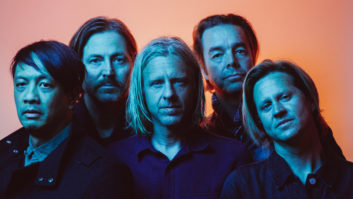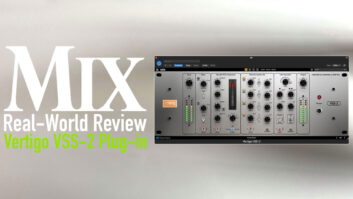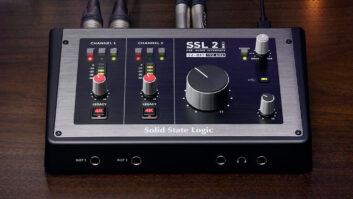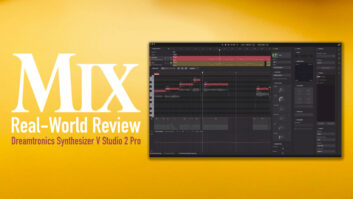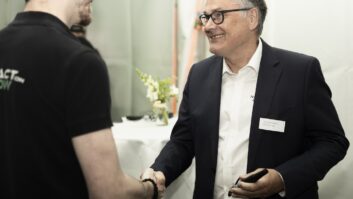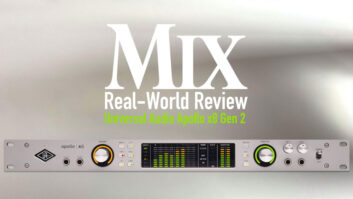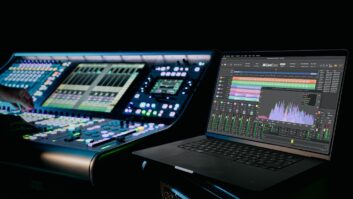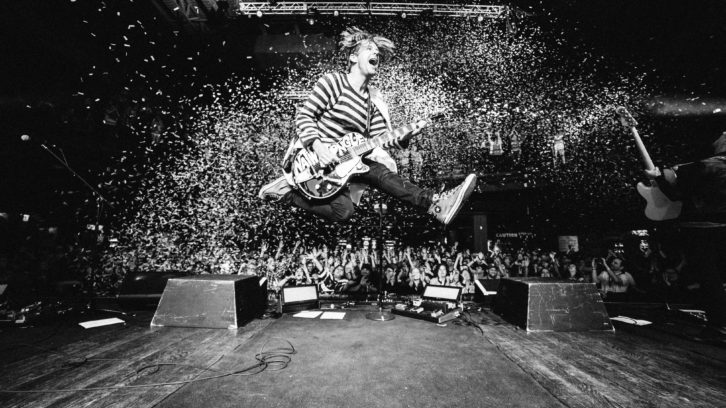
Don’t miss Part 1 of our exclusive look behind the scenes of recording Switchfoot’s Interrobang.
There was a certain amount of surrender and giving up of control to Berg on Switchfoot’s part that came with the decision to put him in the producer’s seat. Similarly, moving operations from the comfort zone of their own studio, where Switchfoot recorded its four most-recent albums, to Sound City put the group in a different headspace, not to mention physical space.
“To find a new sound, we really had to push in a new direction,” says Switchfoot drummer Chad Butler. “[Berg] challenged us musically, but also lyrically. He’s very opinionated. He can raise the temperature of the room because he’s very direct. The conversations about lyrics were sometimes intense. He’s got this different lens that he’s viewing music through. For us it was a real struggle at times to feel like what we were doing was us.”
“‘No mountaintop singing,’ is one of his sayings,” says the group’s guitarist, Drew Shirley. “No singing from up here down to people like you’re trying to tell them all something. Instead, speaking on a ground-level, experience-driven basis. No one said things to Jon like Tony Berg has. That’s what brings out the fire, brings out the art.”
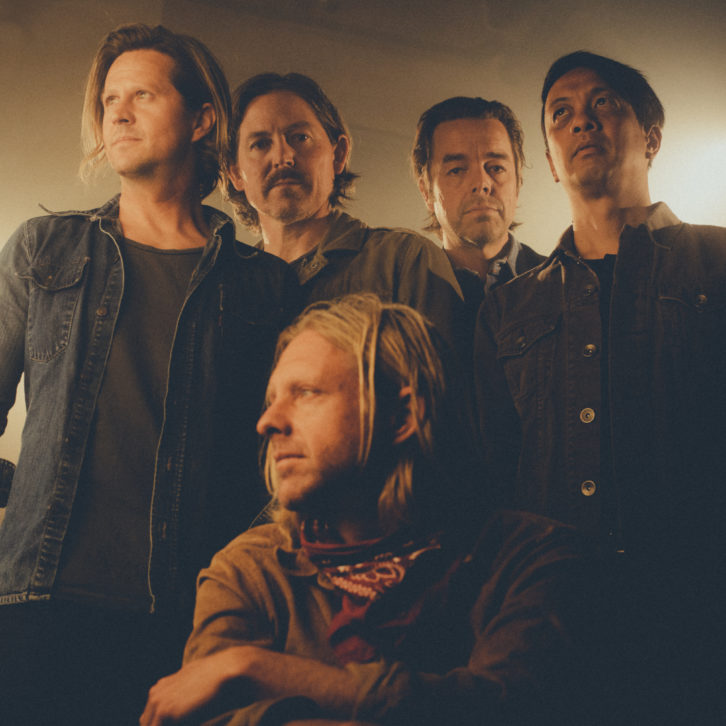
WHOLE BAND, WHOLE SOUND
Once the songs were worked out in preproduction/ rehearsals, Switchfoot moved to Sound City, where Berg set up Jon Foreman in the “guitar room” to record his parts while keeping his vocals isolated. The remaining band members tracked simultaneously in the large live room.
Zeitgeist is based around a vintage API console that lived at Record Plant New York in the 1970s—used by the likes of David Bowie, John Lennon, The Rolling Stones and many others. This is in addition to 60 unconventional amplifiers, a vast collection of vintage outboard gear, a Studer A-827 tape machine that is often in use, and Pro Tools as his DAW.
For vocals, Berg uses a vintage Shure SM48, which he asserts is unusual and sounds different. This goes into a Neve 1073 preamp, then into a vintage UREI 1176 Blackface compressor, and finally into an Empirical Labs Distressor to catch the peaks. On occasion, Berg emplys a Universal Audio V76 mic pre. On acoustic instruments, he prefers Neumann KM 56 or Coles 4038 mics for their dark and seductive, yet inviting, nature.
“What I insist upon is that you take a macro view when you listen,” says Berg. “What is the experience? What is the whole sounding like, and not the individual elements? We didn’t make a decision and follow it through. It was more, ‘Let’s work out a part, now let’s work out a tone, now let’s see how compatible that tone is with that bass part, and that bass tone against this drum part.’ We spent a lot of time honing sounds. There’s an intricacy to the album that is its individuality.”
Says Shirley: “Berg is old-school like that, where you practice the songs by playing them together in a room. If they don’t work well together playing them in a room, then they’re not going to work well together on a record.”
“I am after a unique vocabulary for every record I work on,” Berg says. “The sound of Interrobang is the sound that those five guys made in the room. For a band that’s been making albums for over 20 years, to become as ambitious as they were on this album, and being open to new ideas and approaches, is so admirable. It’s so unusual. And it’s one more thing I love about these guys.”

